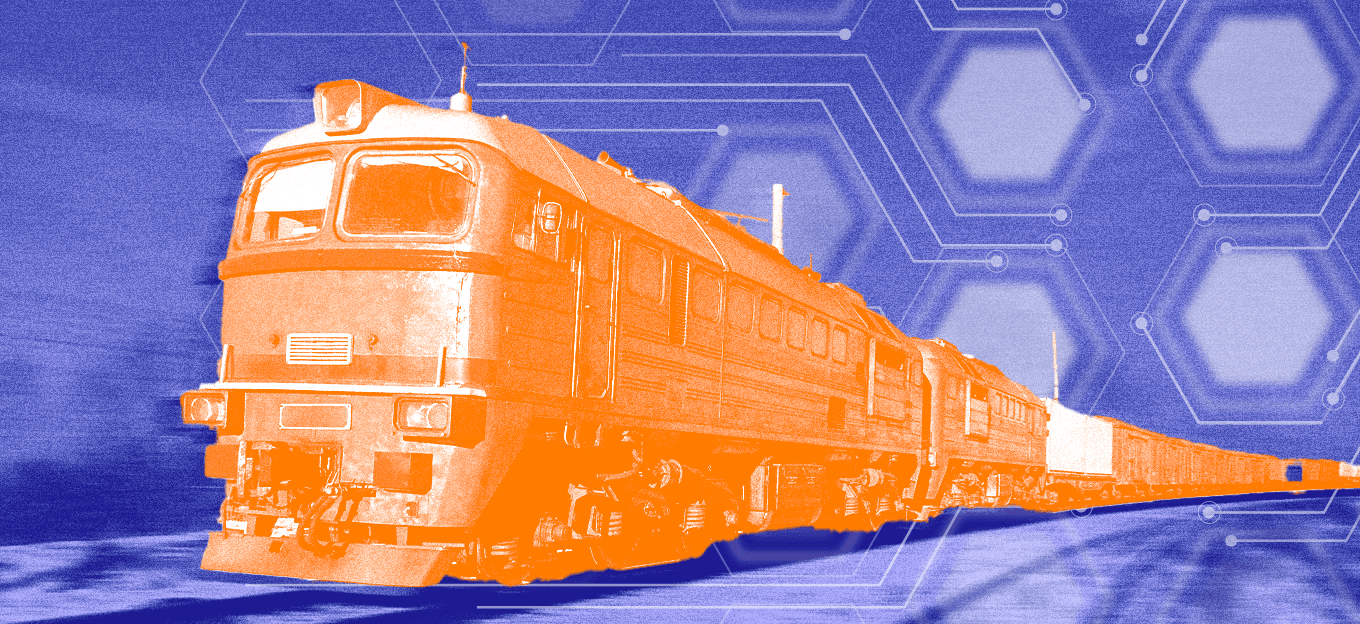Will You Be a Digital Winner or a Digital Loser?
Will You Be a Digital Winner or a Digital Loser?
- Last Updated: December 2, 2024
Ayla Networks
- Last Updated: December 2, 2024



The Internet is a transformative force in business, enabling amazing new business models and dramatically more efficient means to deliver services and manage a business. It also brings about a level of speed and change unlike anything we've previously encountered. It creates new winners and losers. Some of those losers are once-proud businesses succumbing to their newer, more nimble competition.
next wave of the internet is the Internet of Things (IoT), or the connection of tangible products and assets to the internet. IoT will be no different from other markets disrupted by the internet, except that the change will be across a far broader set of companies. After all, the Internet of Things involves the digitization of physical assets, and that includes pretty much every company. And just like other markets, some of the largest market participants will assume that they have plenty of time to respond, or that they are too big and too entrenched for the change to significantly impact their businesses. But they will be wrong.
But how can you tell if you are going to be a digital winner? What are some of the signs that you are falling behind and possibly falling into the loser category?
Don't get stuck on the wrong side of digital transformation.TL;DR—be speedy, think in data, differentiate via software and leverage asset tracking and management.
Characteristics of Digital Winners:
- Speed, speed, speed: They're fast to learn, fast to change, fast to implement and able to change the features of their product to meet customer demands in days and weeks. Winners launch new products at an accelerated monthly schedule.
- Think like data companies: Decisions on product features are based on data, such as customer engagement. Winners can quickly modify products based on knowledge of usage, failure rates.
- Differentiate via software: Hardware is slow to change; software is rapid when architected correctly. Winning companies leverage "Software-Defined Products" and assets to drive faster change in business.
- Higher asset-utilization rates: Winners know where assets are, how to service them more efficiently, have much better control of uptime and therefore higher revenue.
- Manage products and assets remotely: Digital twins mean companies no longer need to send unnecessary truck rolls to monitor and maintain their products and assets, with huge resulting savings to support their products and to run their business.
- Know where their products are and how they are being used: Winners have an understanding of engagement with products and customers.
Characteristics of Digital Losers:
- Slow product introductions: They aren’t able to do firmware updates to fix bugs in the field and enhance capabilities, especially relative to their new, nimble competitors.
- Slow to respond to market changes: These companies note the changes slower, and respond slower. Every month, they are losing the data battle to understand the market.
- Features = what’s in the hardware: They don't take advantage of software as a differentiator, relying on their old hardware advantages.
- Lots of decisions based on a hunch and conventional wisdom, not data: Product feature decisions are based on older approaches rather than data. They barely leverage data created by their products and assets. They're essentially flying blind compared to their newer competition.
- Lower asset utilization: They don’t know where their assets are and how they're being used. And they have less ability to know how and when they're failing. They respond with too many truck rolls or not enough to maintain similar uptime and customer satisfaction.
Don’t Get Stuck on the Wrong Side of IoT Digital Transformation
The first step is to figure out how to embrace these changes and how to roll them into your business. It may seem scary from your vantage point, but it doesn’t have to be a massive shift. After all, digital winners understand the concept of agile development and making small, incremental changes.
You can do the same with the right strategy, the right tools and the right partners to help guide you through the process.
Written by David Friedman, Executive Chairman and Chief Strategist at Ayla Networks in Santa Clara, Calif.
The Most Comprehensive IoT Newsletter for Enterprises
Showcasing the highest-quality content, resources, news, and insights from the world of the Internet of Things. Subscribe to remain informed and up-to-date.
New Podcast Episode

How Drones and Telecom Enable Aerial IoT
Related Articles





